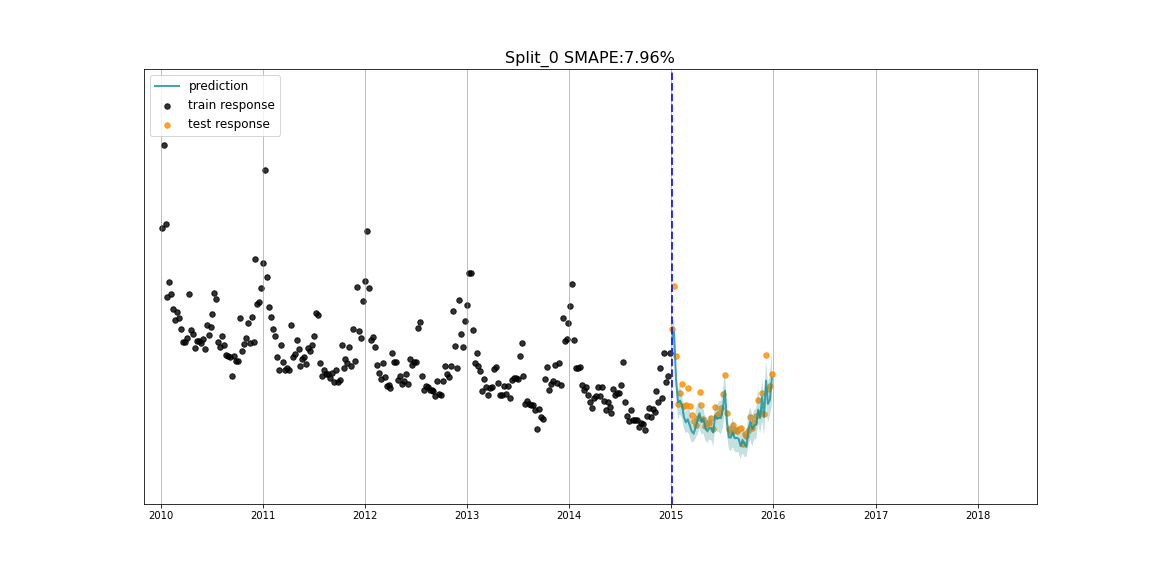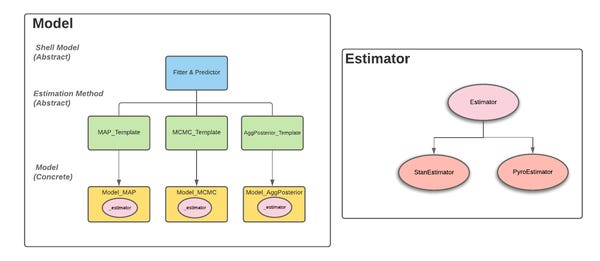uber's orbit vs. facebook's prophet - perspectives on time-series forecasting
throwing bayes in media mix pool
I have been dealing a lot with media mix/ marketing ROI related work recently, and been experimenting with different frameworks that span the spectrum ranging from typical multivariate regression approaches that are a part of the traditional toolkits, to state of the art approaches that emphasise causal interpretation and not just regression based decompositions. While there are frameworks such as pyro, pymc3 and tensorflow that generalise extremely well across a range of timeseries problems, or prophet and bsts that provide robust model specifications, I couldn’t find something that brings the best of both worlds, until I came across Orbit, a general interface tooklit for Bayesian time series modeling. With its familiar and intuitive initialize-fit-predict interface for working with timeseries data, I turned out a fan of its form in the first usage. However, what was fascinating from me was its extension to bayesian timeseries varying coefficients (paper), and how well that deals with modeling causality on low variance signals.
The paper explains the intricacies of the crux of the KTR model, but in gist, the authors’ proposed model (BTVC) is equipped with a hierarchical bayesian structure and differs from other time-varying coefficient models in the sense that the coefficients are weighted over a set of local latent variables following certain probabilistic distributions. The framework leverages stochastic variational inference (SVI) to approximate the posteriors of latent variables and dynamic coefficients, and helps address challenges encountered in traditional MMM approaches.
For anyone dealing with MMM like problems, or timeseries with multiple variables/interventions (some of which may be business critical but with low sample size/variance), Orbit would save the day. Would recommend getting started with these two links. The docs and readme and very well documented, and continuously maintained (although i wish there were faster responses on some of the issues posted, especially around coefficient interpretation and dealing with less confidence in certain model parameters)
BTVC model design with applications to marketing mix modeling
Root arxiv document by the authors at Uber
Official docs on dealing with multiple seasonalities (4 parts)
Usage guide for kernel-based regression (KTR). The full details of model structure with an example application in marketing data science are found in Ng, Wang and Dai (2021).



